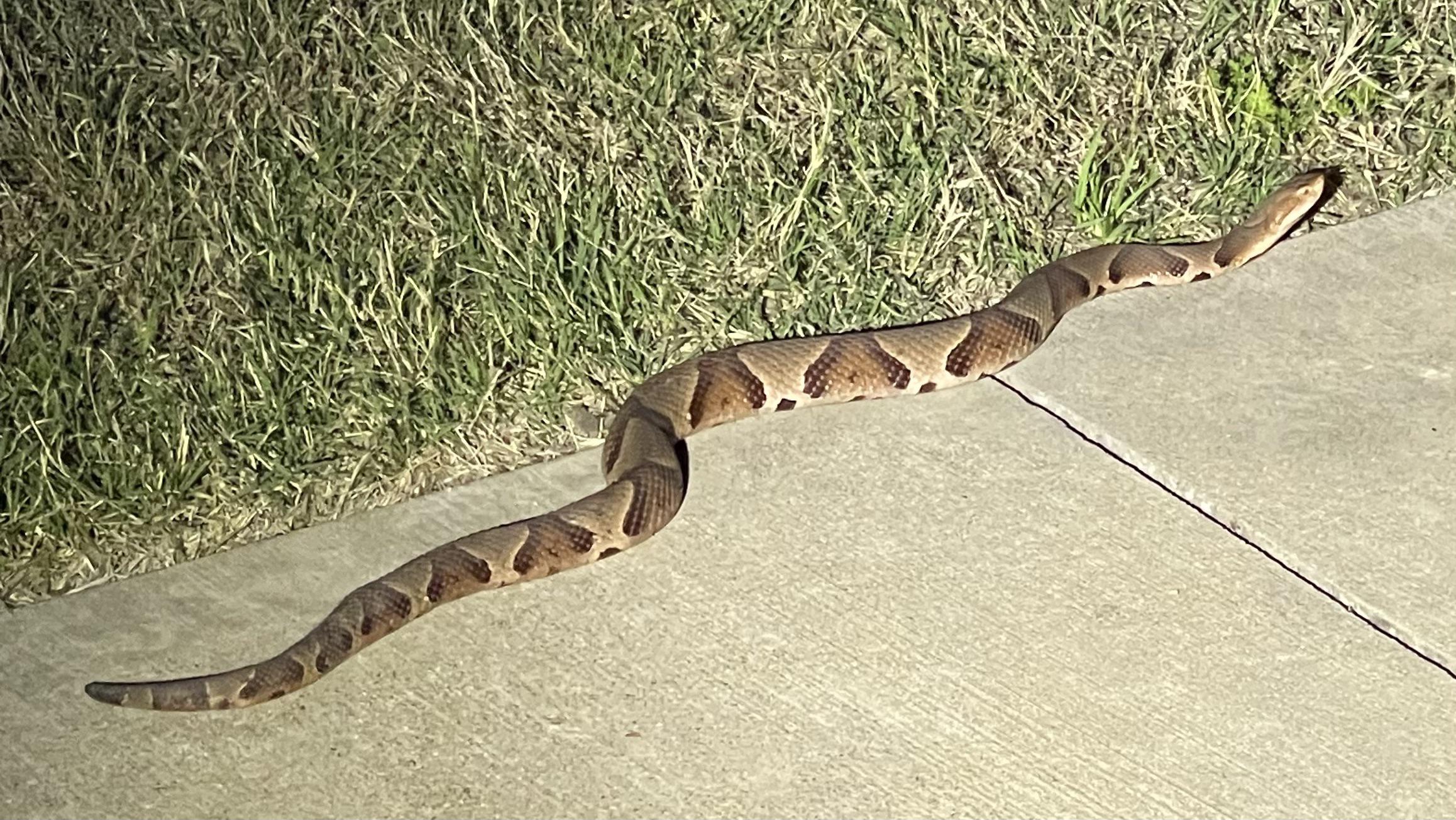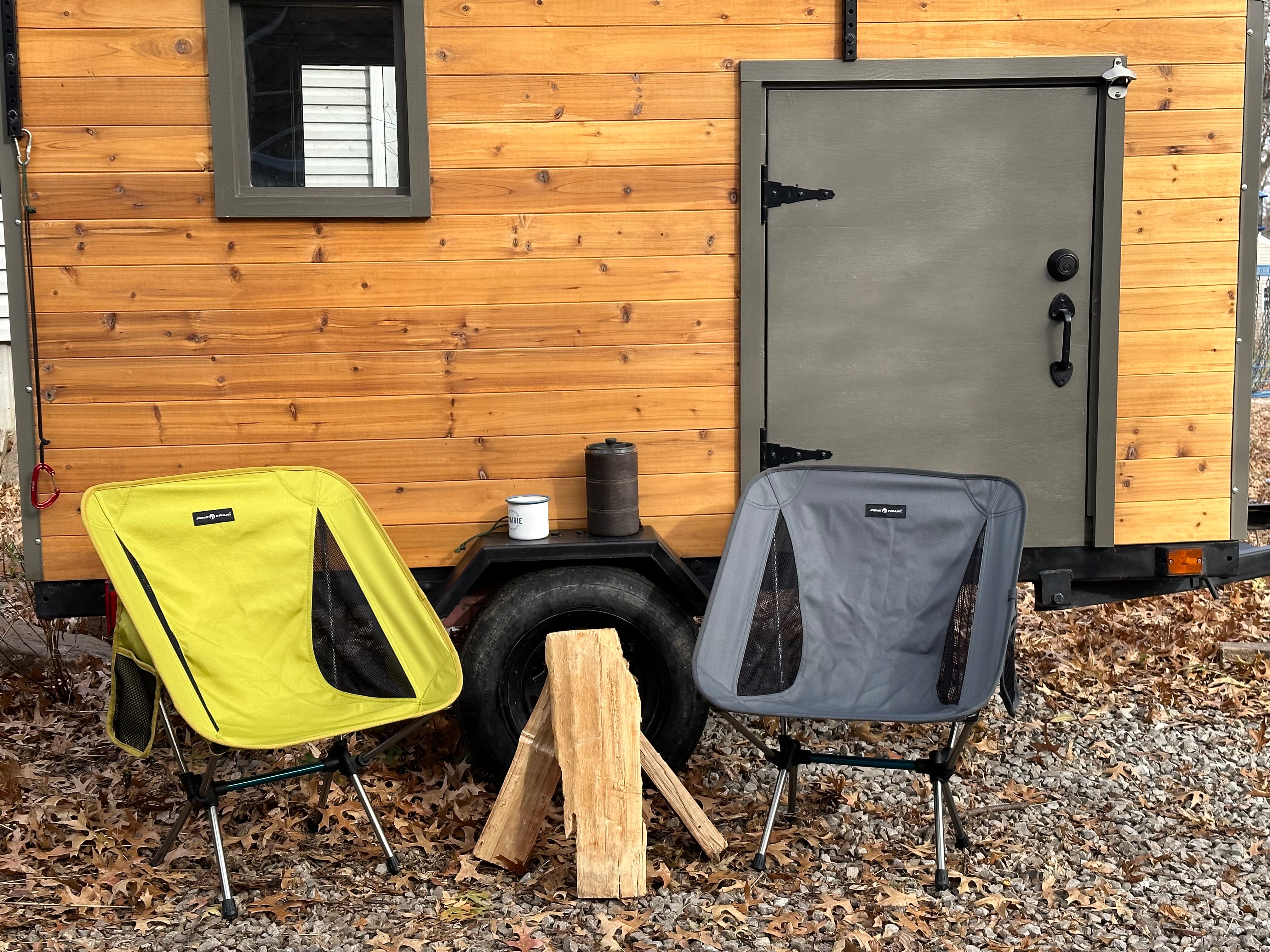As the fall season paints the landscapes of the Midwest and South with vibrant hues, hiking enthusiasts are lured into the great outdoors to explore nature's beauty. However, it's essential to be aware of the wildlife you might encounter along the way, particularly snakes. While most snakes encountered during hikes are harmless, some venomous species pose a potential threat. In this article, we'll introduce you to several snakes you should watch out for during your autumn hikes in the Midwest and South. Additionally, we'll discuss the importance of snake gaiters, such as Pike Trail Snake Gaiters, in safeguarding your legs from snake bites.
- Eastern Copperhead (Agkistrodon contortrix): The Eastern Copperhead is a venomous snake found throughout the eastern United States, including the Midwest and South. These snakes have a distinct copper-colored head and a patterned body. They are often encountered in wooded areas and can strike if they feel threatened. Be cautious when stepping over logs or rocks, as they may be hiding beneath.
- Timber Rattlesnake (Crotalus horridus): Timber Rattlesnakes are another venomous species commonly found in the Midwest and South. They have a distinctive rattling tail, which serves as a warning when they feel threatened. These snakes prefer forested habitats and are excellent at camouflage, making them challenging to spot. Pay close attention to where you step, and if you hear the rattle, back away slowly.
- Cottonmouth (Agkistrodon piscivorus): The Cottonmouth, also known as the water moccasin, is a venomous snake often found near bodies of water, swamps, and marshes. They are easily identifiable by their white mouth lining, which they display when feeling threatened. Keep an eye out for these snakes when hiking near water sources.
- Eastern Diamondback Rattlesnake (Crotalus adamanteus): The Eastern Diamondback Rattlesnake is the largest venomous snake in North America and can be found in parts of the southeastern United States. They have a diamond-shaped pattern on their back and a loud rattling tail. While they typically avoid humans, it's crucial to remain vigilant when hiking in their territory.
Protecting Your Legs with Pike Trail Snake Gaiters
One effective way to safeguard your legs from potential snake bites during fall hikes is by wearing snake gaiters. Pike Trail Snake Gaiters are a reliable choice for hikers seeking protection without compromising comfort and mobility. Here's how they can help:
- Snake-Proof Design: Pike Trail Snake Gaiters are specially designed to resist snake strikes. They are made from rugged, puncture-resistant materials that are capable of withstanding the fangs of most venomous snakes found in the Midwest and South.
- Secure Fit: These gaiters are adjustable, ensuring a secure fit around your legs without restricting movement. They can be easily worn over hiking boots, providing comprehensive protection.
- Breathable and Comfortable: Pike Trail Snake Gaiters are designed with breathable materials to keep you comfortable during your hikes, even in warmer weather. You can enjoy the outdoors without feeling overheated.
- Peace of Mind: By wearing snake gaiters, you can hike with peace of mind, knowing that your legs are shielded from potential snake bites. It's a proactive measure to enhance your safety while exploring nature.
Fall hiking in the Midwest and South offers breathtaking scenery and a chance to connect with nature. However, it's essential to be aware of the local wildlife, including snakes, and take precautions to stay safe. By familiarizing yourself with venomous snake species and wearing protective gear like Pike Trail Snake Gaiters, you can enjoy your hikes with confidence, knowing you've taken steps to minimize risks and maximize your outdoor experience. So, gear up and hit the trails—it's time to embrace the beauty of autumn safely!
Pike Trail Products Mentioned:






